A couple odds and ends: baby squid and monster squid. They’re string-related, I swear!
In a triumph of science, feeding silkworms to make them spin colored silk!

I skimmed the original journal article too. The scientists fed the silkworms dye mixed with mulberry powder, and when the right chemical type of dye is used it is excreted in the fibroin, not just the sericin.
Aside from providing a cost-effective and environmentally friendly method for dyeing silk, which will be valuable in the commercial silk textile industry, this work may also lead to a large-scale production of novel biomaterials with added functionalities. We can foresee a great demand to produce functional silk materials containing stimuli-sensitive dyes and various drugs that can be applied for wound dressing with monitoring or sensing features, tissue engineering scaffolds with antibacterial, anticoagulant, or anti-inflammatory features, and many others.
Medical silk, self-dyed silk, functional silk… Science is wonderful! The dyes are also fluorescent. (As, apparently, is untreated silk. I didn’t know that, but look at the lovely blue fluorescence from the control.)

(From the original paper: Tansil, N. C., Li, Y., Teng, C. P., Zhang, S., Win, K. Y., Chen, X., Liu, X. Y. and Han, M.-Y. , Intrinsically Colored and Luminescent Silk. Advanced Materials, n/a. doi: 10.1002/adma.201003860)
I taught my new tablet weaving patterning class at Hrim Schola this past weekend. I had a very advanced student, and a near beginner, and they both went away happy and having learned something. I call that a great success! This is only the second time I’ve taught that class (the first was at FFF last fall); both went quite well. This time I had enough looms that everyone could try it out without waiting as long. I will be writing this one up for publication: there’s actual new and original material.

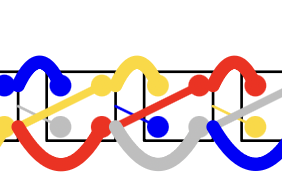
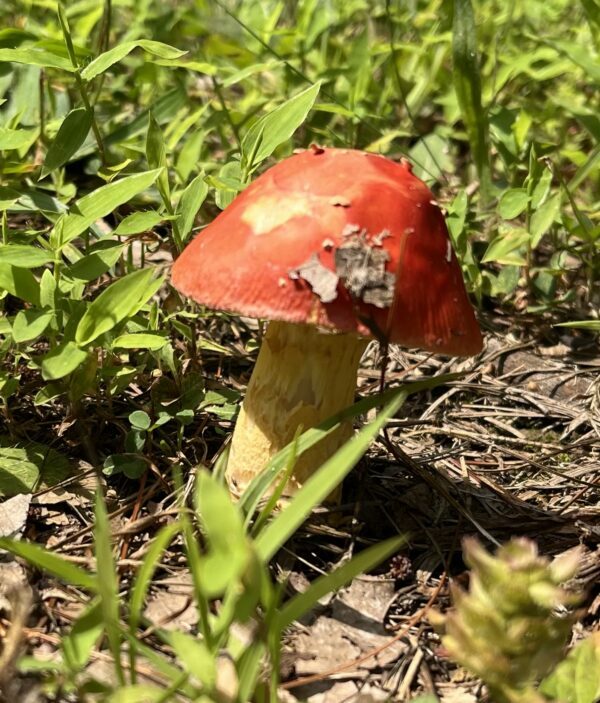
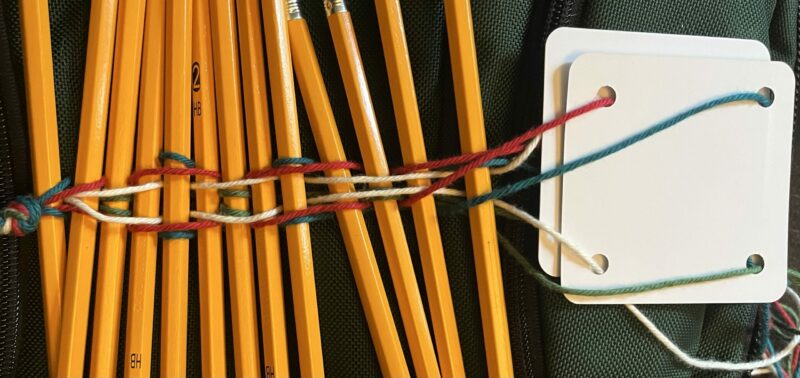
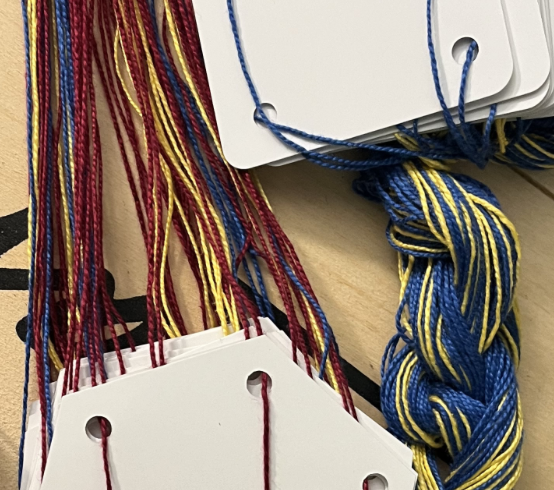
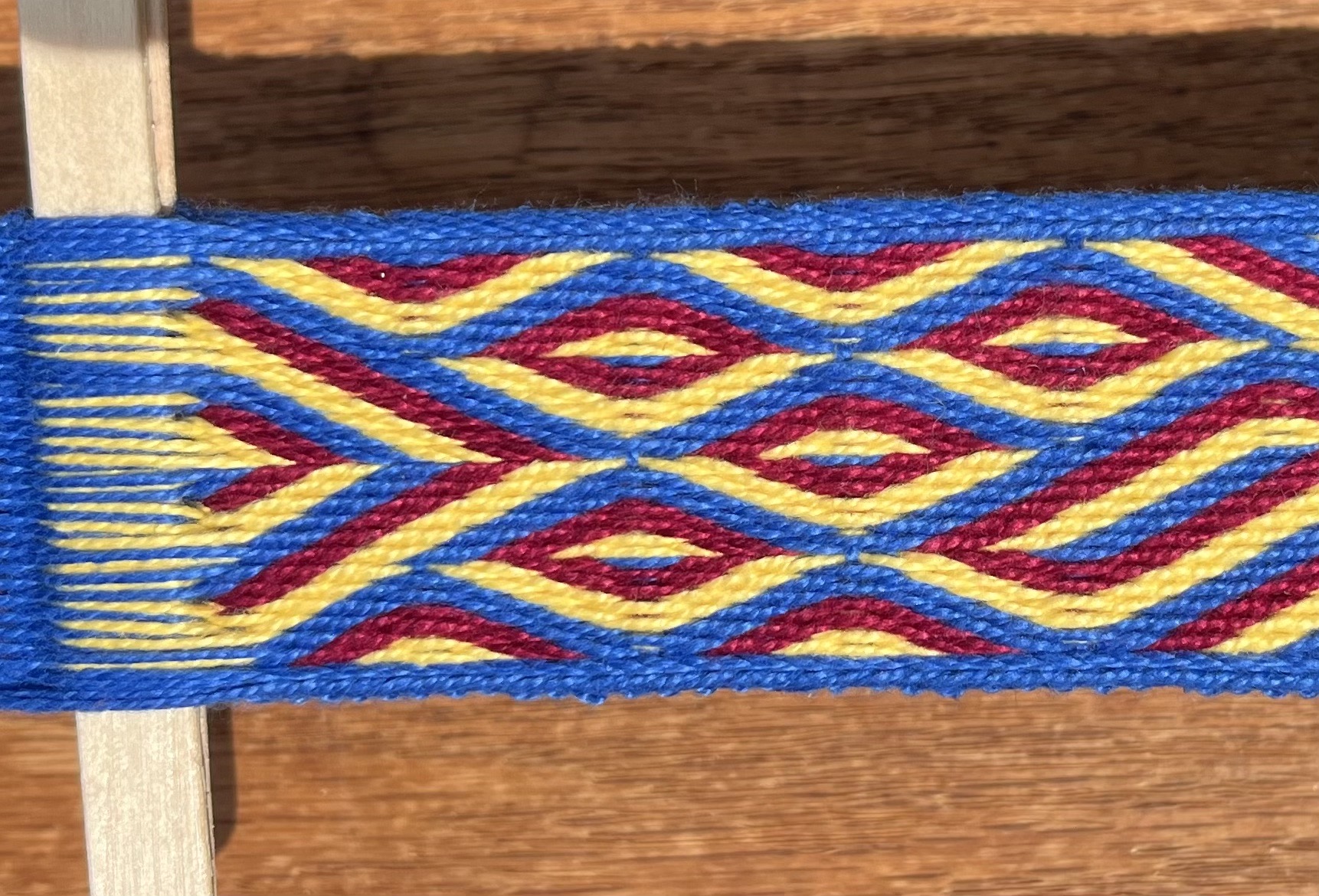
5 responses to “Tentacles!”
So far, the results that I’ve seen are far from “a cost-effective and environmentally friendly method” – or a full range of colors. They look good in fluorescent light, but in natural light, they’re all Easter pastels.
Okay, colored silk is very cool.
But I *adore* the baby squid!
I didn’t read the article closely enough to see if the authors did an economic assessment. I do think it has potential, though the greatest possibilities are not in textile production.
I agree with you on the colors so far, though the pink is quite vivid. I’m looking forward to seeing what they come up with if they continue this line of research.
Thank you for the heads up on the article! I seriously considered going into dye chemistry as a career, but all the action is in China and India. I still love to see the innovations with dyes and fibers.
For those who don’t have a Wiley subscription, the authors have this article available at Exploit technologies:
https://175.41.146.203/etpl/pipeline.jsp?t=1276&scc=298&li=4
I’m perfectly happy following dye chemistry at an amateur level; I don’t think I would be happy as a dye chemist, even without the geographic bias. But as an amateur it’s fascinating. :)
Thanks for the alternate link.